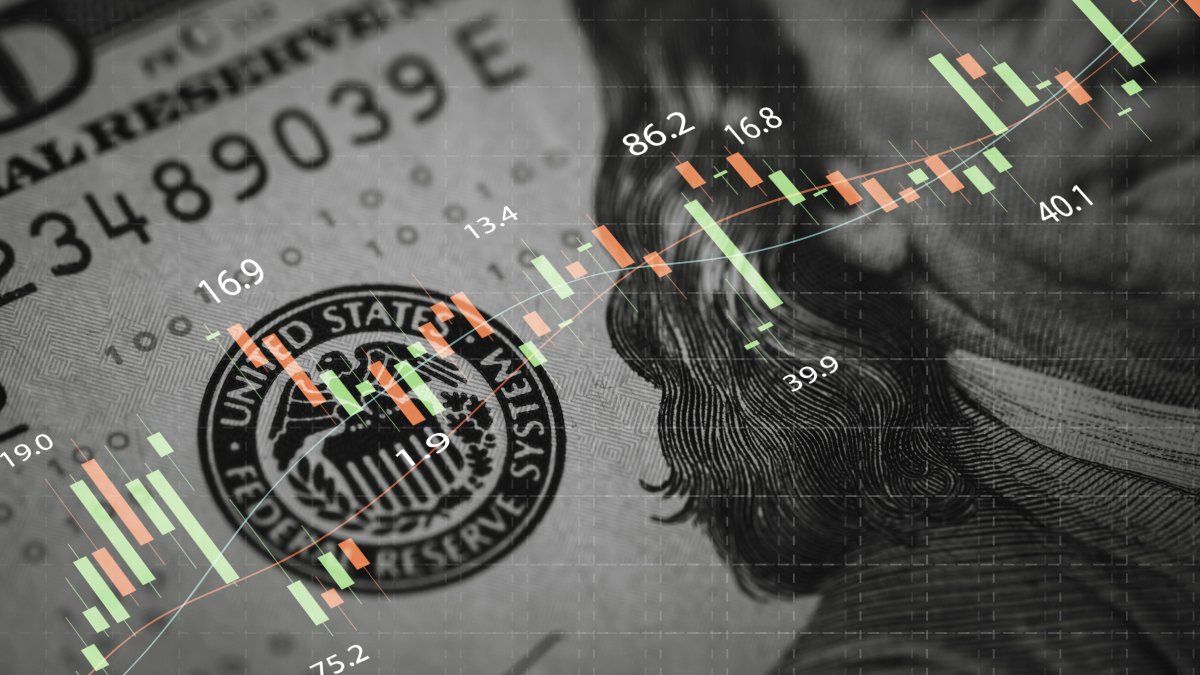He tax, created at the beginning of Alberto Fernández’s government, has allowed the national government to compensate for the fall in tax revenues due to the lower level of economic activity. Between January and July, it accumulated 4.2 billion pesosalmost as much as that of Bank Debits and Credits, which marks the level of the “white” economy, and which totaled 4.6 trillion.
“Important! Starting Monday, September 2, the Country Tax rate for the import of goods and freight will be will go back from 17.5% to 7.5%“We promised and we fulfilled!” he announced tonight. Caputo, who in June had announced the decision to reverse the increase that has been in effect since December 2023.
Embed – https://publish.twitter.com/oembed?url=https://x.com/luiscaputoar/status/1828588742216683833?s=48&t=uF2sZQi2ks-V_152YbW7Fg&partner=&hide_thread=false
Important!
Starting Monday, September 2, the Country Tax rate for the import of goods and freight will be reduced from 17.5% to 7.5%.
We promised and we delivered!— totocaputo (@LuisCaputoAR) August 28, 2024
The Government will reduce the PAIS Tax rate: how it will impact
The reduction of the The tax will result in a cheaper commercial dollar that importers have access tothat will go from the current $1,116 to about 1,004 pesosHowever, the Treasury does not expect an avalanche of operations, due to the accumulated stock of imported goods and the fall in demand due to the recession reflected in a 26% drop in imports.
Beyond internal factors, The measure is a clear signal towards the negotiations that the Government of Javier Milei wants to undertake with the International Monetary Fund (IMF)amid the tensions generated within the organization by the continuation of the exchange rate restrictions and the refusal to implement a new devaluation.
In June, when the agency disbursed some US$800 million, it insisted on a “more flexible” exchange rate (instead of the 2% monthly increases), ratified the commitment to eliminate the export dollar or “blend” at the end of June and the elimination of the COUNTRY TAX before the end of the year. So The total elimination of the tax rate is expected by December.
PAIS tax: the reduction will not include tourism expenses abroad
Although there was initially speculation that the reduction would also include tourism expenses abroadthe minister made it clear that, at least for the moment, will be limited to the importation of goods and freight. So the reduction for packages and international travel will have to wait.
According to the National Institute of Statistics and Census (INDEC) on Monday, during July, the peak season for winter tourism, 959,000 visitors entered the country, but only 1,190,400 residents left, leaving the tourism sector with a negative balance of 231,400 travelers. A reduction in the tax rate for tourism expenses abroad could have a strong impact on the BCRA’s depleted reserves.
He tourist dollar For purchases with foreign suppliers, the amount paid is over $1,500 according to the retail exchange rate of the Banco Nación, with a tax burden of 60%. This value is more expensive than the blue dollar at $1,355 pesos and more expensive than the MEP.
The tax burden on the tourist dollar is as follows: The retail exchange rate of each consumer’s bank is subject to a 30% surcharge on the retail dollar from the Nation as a PAIS tax and another 30% as a tax on Income or Personal Property. Neither of these two extras, at least as announced so far, will disappear in September.
Source: Ambito




